Features of the School
Our school aims to understand Planet Earth and its environment, and to develop the state-of-the-art technologies needed to build the foundations of our society. It offers three courses: Earth and Planetary Science, Civil Engineering and Disaster Prevention, and Environmental and Urban Engineering. Our goal is to produce graduates who can contribute to society with their expertise.
Introduction
Outline
Our school provides education and conducts research in both science and engineering; the disciplines offered are Earth and Planetary Science, and Civil and Urban engineering. Our curriculum covers the 4.6-billion-year history of the Earth and life, our environment, natural disasters, and the infrastructures that form the basis of our daily lives.
Our Principles and Goals
Our newly established school offers science and engineering disciplines. We aim to understand Planet Earth and its environment and to build the foundations necessary for a livable environment and cities. Our school offers three integrated courses: Earth and Planetary Science, Civil Engineering and Disaster Prevention, and Environmental and Urban Engineering. We train our students to become researchers who will study the Earth and its environment, engineers who will solve problems by applying the new ideas and techniques, and educators who will teach the findings to their students.
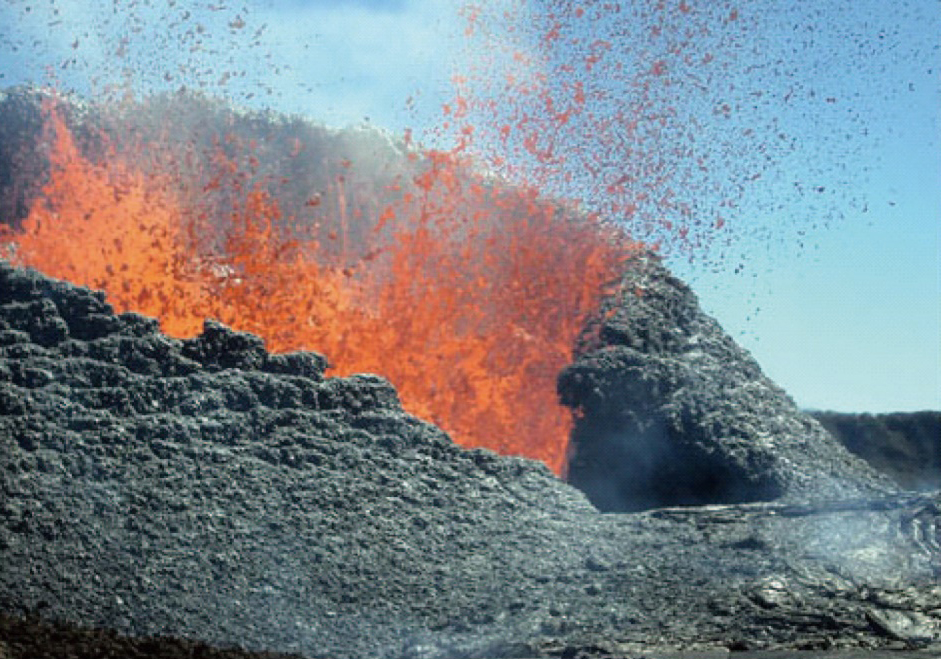
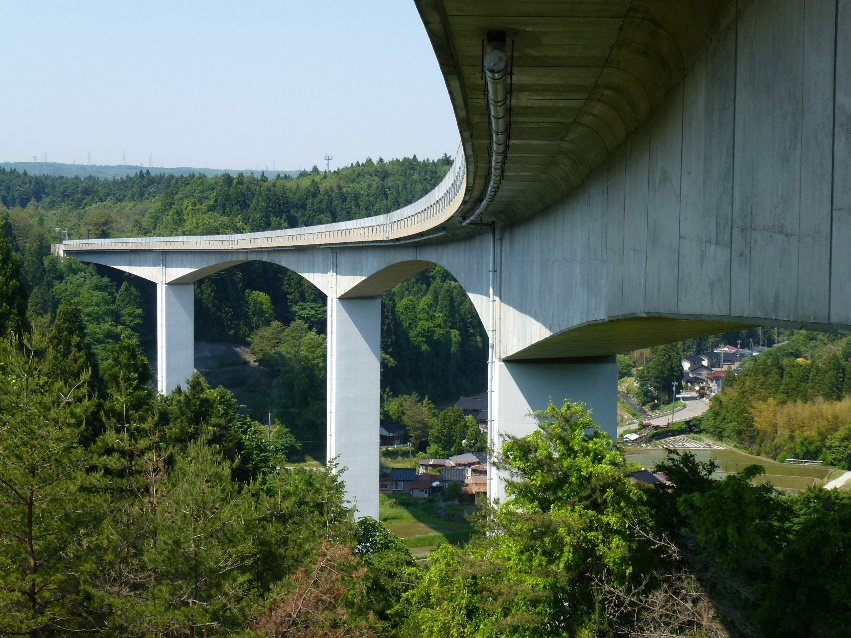
Course in Earth and Planetary Science
Earth, our living planet: life and evolution through the ages? from past to present and into the future
We provide education and conduct research in Earth and Planetary Science, covering a wide variety of fields including the materials that make up the Earth and other planets, the environment, the history of life forms, and the dynamics of the Earth’s interior and surface. Our course offers lectures on the basics necessary to understand the Earth, laboratory work to learn cutting-edge analytical methods, and fieldwork to acquire the necessary skills and experience. Our goal is to educate and train students to become researchers and engineers who will contribute to solving a broad range of global and local problems, or to become science teachers.
If the Earth’s history were compressed into one year, humans would appear on December 31. How did the earth prepare the stage for humans? If we imagine the Earth to be an egg, the Earth’s crust is only as thick as an eggshell. No one has seen the world under the shell of the Earth or other planets. The Earth is filled with poorly understood frontiers. That is the starting point for our exploration of the Earth.
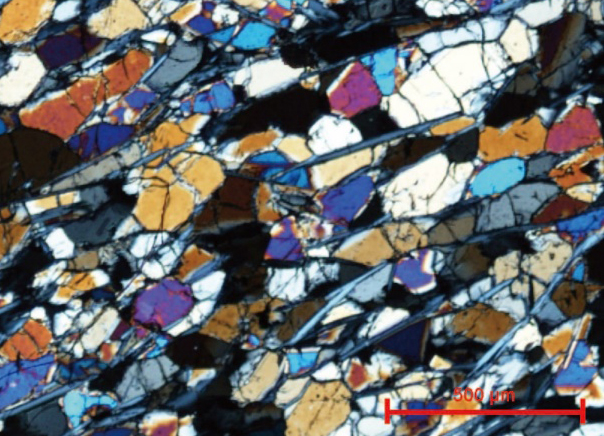
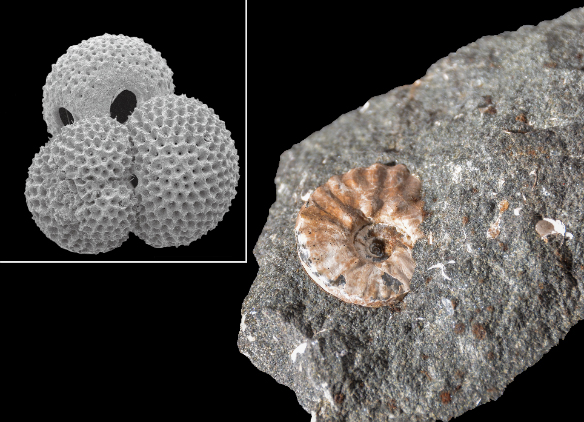
Course in Civil Engineering and Disaster Prevention
We aim to construct safe, comfortable and resilient infrastructures, based on theories, experiments and on-site training.
We are now facing the major challenge of building a nation that is harmonized with the natural environment yet resistant to disasters. Our school aims to produce engineers who will take on this challenge from the perspectives of design, construction and maintenance of infrastructure, and environmental preservation. Engineering is a field of manufacturing products; however, our goal is not to produce a large amount of cheap products, but rather to accomplish projects of large-scale infrastructure such as roads, bridges, tunnels and harbors, which should be tailored to regional conditions. Infrastructures produced through the ingenuity of “professional engineers” with advanced technologies will be handed down to subsequent generations as legacies. After completing this course, students will work as leading engineers on large-scale projects at various sites around the world; this will be the beginning of new legacies.
“They are not ordinary products; they are projects that will become legacies over time.”
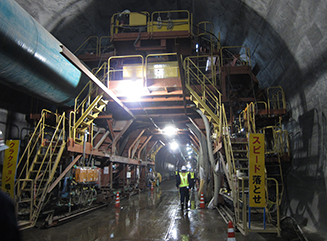
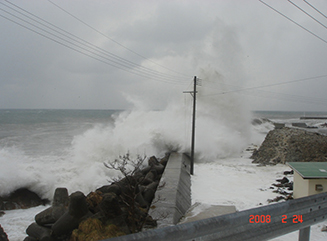
Course in Environmental and Urban Engineering
We solve various problems in city planning from the perspectives of transportation and the environment through a combination of arts and sciences.
“What is a city? It is not merely a place where people get together to live. It is a complex that contains many facilities for the convenience of residents and visitors, as well as transportation that allows for their free movement. Who planned and created them? When we live together, we may encounter serious problems such as conflicts of interest and environmental pollution; however, we go about our lives without being aware of those problems. Who is solving the problems and supporting our life?
The keywords of this course are “coexistence with the environment” and “the present as a page of history”. Students will learn about the creation and development of cities from a multi-faceted, interdisciplinary perspective. We produce “human-friendly, environment-friendly engineers” who examine the safety and convenience of life in a comfortable environment from an engineering viewpoint. Moreover, they consider the standpoint of the users when carrying out civil engineering projects. “Rome was not built in a day. Then, in how many days was my hometown built? What will it be like in the future?” You will find the answers to these questions at our school.
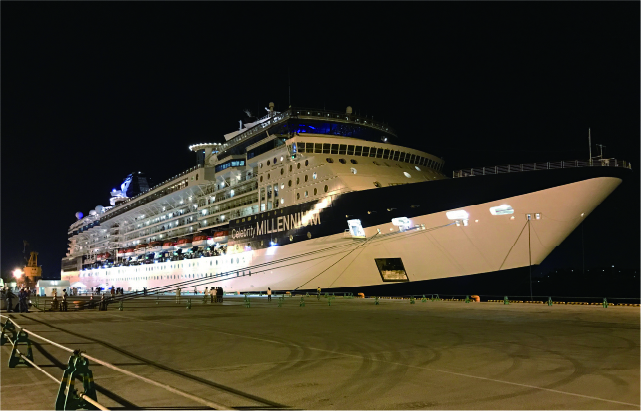
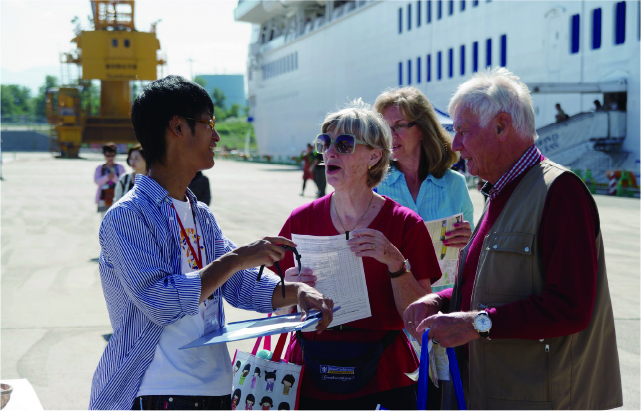
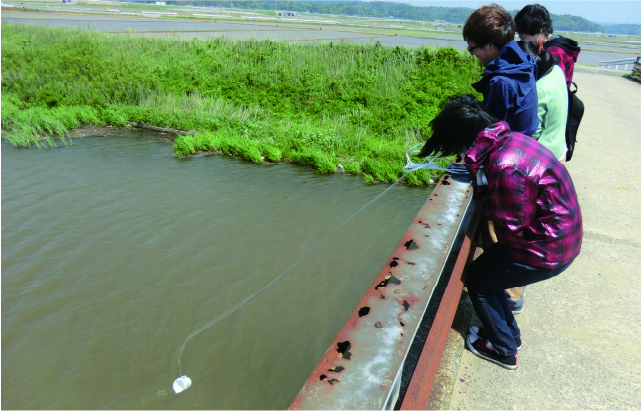
Work carried out in laboratories is subsequently applied to fieldwork. This is a feature of Course in Civil Engineering and Disaster Prevention and Course in Environmental and Urban Engineering.

